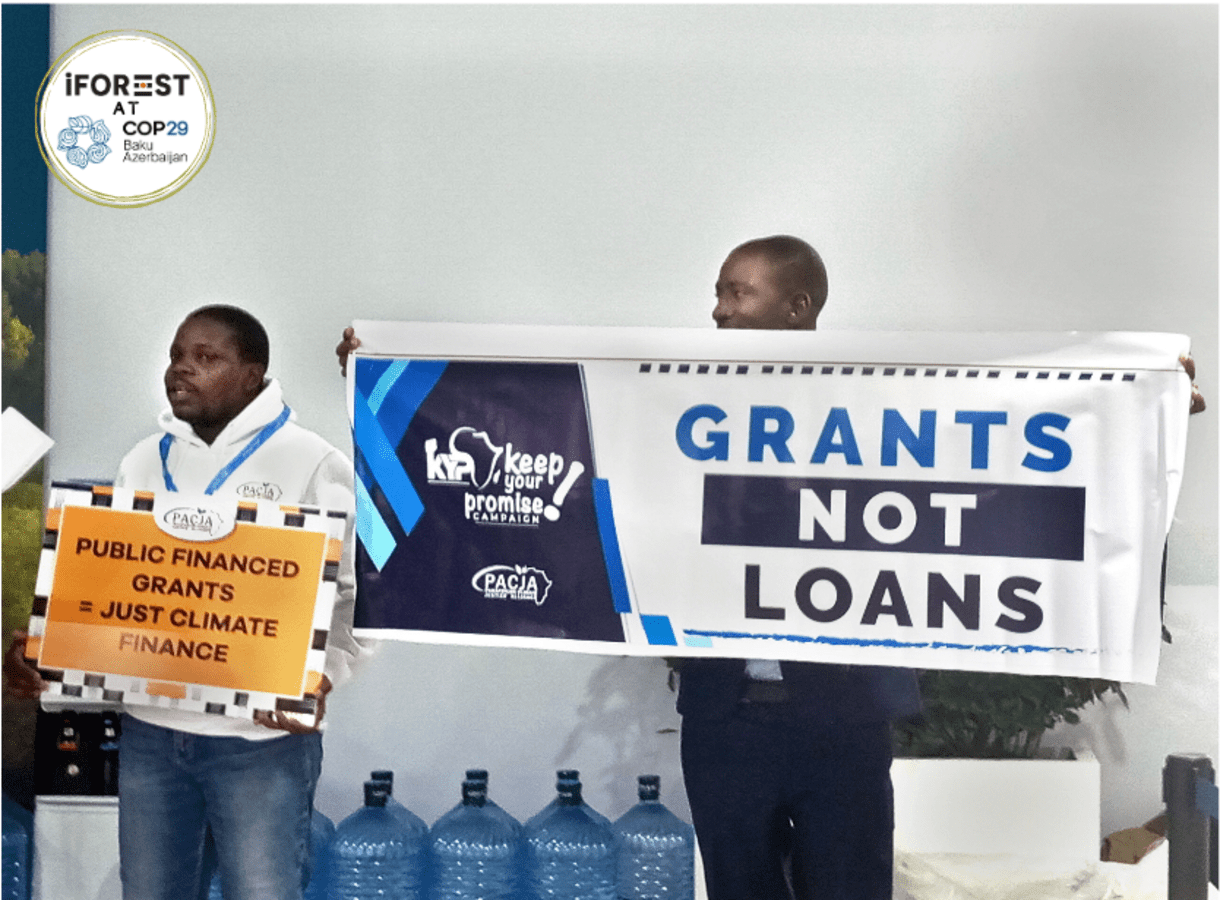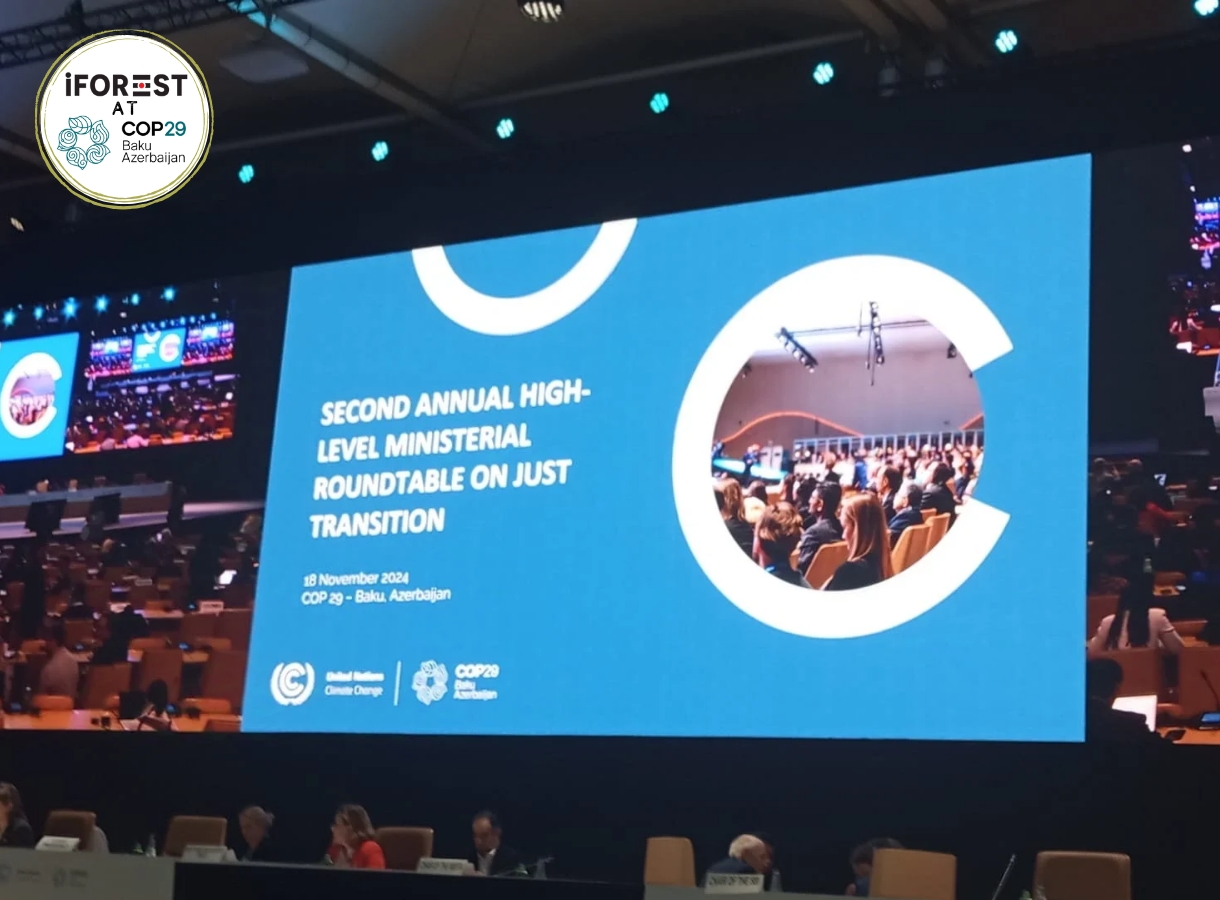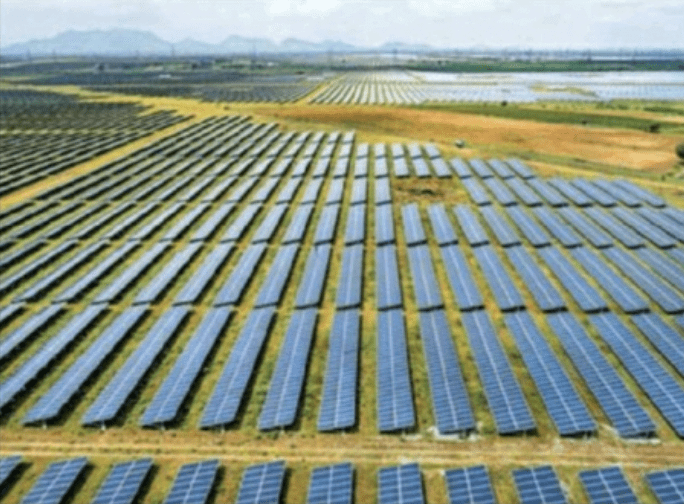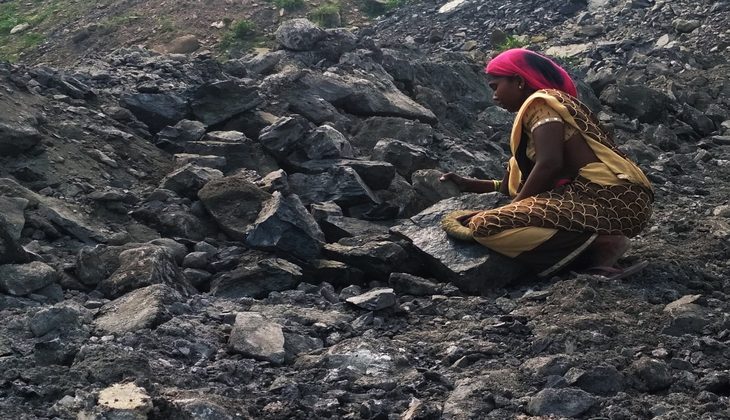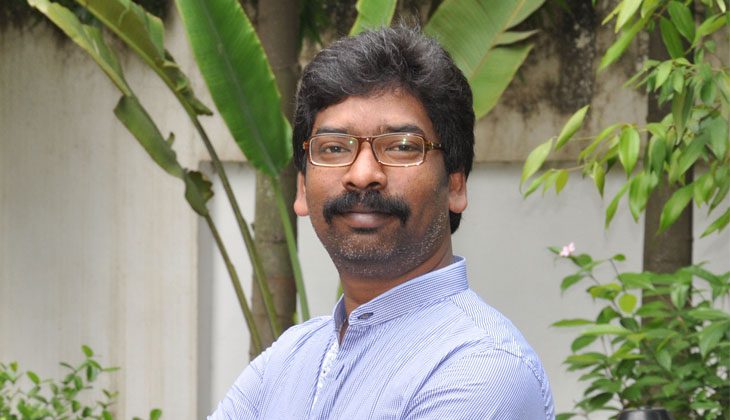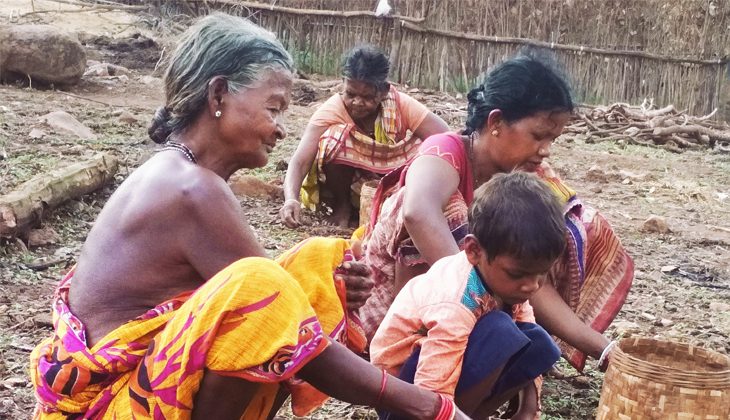Critical minerals are the backbone of the green energy transition, but their supply chains present significant challenges that require urgent diplomatic attention. International diplomatic efforts must prioritise fair trade agreements, technological collaboration, and supply chain diversification.

The deal, initially proposed by the Donald Trump administration earlier this year, had required Ukraine to repay the $500 billion wartime assistance using its mineral reserves. (Reuters)
After months of twists and turns, on April 30, the US and Ukraine signed a minerals deal to establish a joint investment fund aimed at the reconstruction of Ukraine. The fund will be capitalised, in part, by revenue generated from future natural resource extraction in Ukraine, including critical and rare earth minerals, which are essential to developing rapidly growing green energy technologies and industries.
The deal, initially proposed by the Donald Trump administration earlier this year, had required Ukraine to repay the $500 billion wartime assistance using its mineral reserves. It was later revised to create a joint US-Ukraine reconstruction fund, with Ukraine committing 50 per cent of future revenues from government-owned natural resources. The US, on the other hand, will provide military assistance to Ukraine in the form of ammunition, weapons systems, or training as a capital contribution to the fund. Overall, the fund’s investments are intended to unlock further private sector interest in investing in Ukraine’s resources and attract the necessary capital for Ukraine’s reconstruction.
The agreement reflects the Trump administration’s transactional approach to mineral diplomacy. One of the key motivations for the US push to access Ukraine’s mineral resources is to reduce reliance on China, which currently controls about 75 per cent of global rare earth deposits. Since 2023, China has imposed export restrictions on several rare earth minerals to the US amid escalating trade tensions. The “compromised” deal with Ukraine is, therefore, seen as a strategic move by the US to counter China, alongside its pledge of continued military support to Ukraine.
Going forward, this deal could serve as a model for future agreements aimed at securing critical minerals, which are now essential for developing next-generation technologies, industries, and enabling a global shift towards a low-carbon economy.
The shift to a clean energy system is expected to drive a sharp rise in the demand for critical minerals and their steady supply. According to the International Energy Agency (IEA), meeting the Paris Agreement targets will require a significant surge in mineral consumption over the next two decades — more than 40 per cent for copper and rare earth elements, 60-70 per cent for nickel and cobalt, and nearly 90 per cent for lithium.
However, the supply chains for these materials are often marked by geopolitical tensions, economic imbalances, and environmental concerns. While many of these minerals are naturally abundant across different regions, their extraction and processing remain highly concentrated. For example, the Democratic Republic of the Congo (DRC) accounts for nearly 70 per cent of global cobalt supply, while China dominates almost 60 per cent of global lithium refining. This concentration creates vulnerabilities, such as market volatility and potential supply chain disruptions.
To mitigate these risks, international diplomatic efforts must prioritise fair trade agreements, technological collaboration, and supply chain diversification. Strong regulatory frameworks and corporate responsibility initiatives are essential to ensuring ethical and sustainable sourcing. Organisations such as the Extractive Industries Transparency Initiative (EITI) and the OECD Due Diligence Guidance for Responsible Mineral Supply Chains provide standards for responsible extraction and trade. Additionally, governments and global institutions should promote circular economy models that emphasise recycling and reuse of critical minerals. The European Union, for instance, has set stringent targets for recovering materials from used batteries and electronic waste, aiming to reduce reliance on newly mined resources.
Critical minerals are the backbone of the green energy transition, but their supply chains present significant challenges that require urgent diplomatic attention. Ensuring a fair distribution of such minerals is essential to support a just and equitable energy transition across borders. Developing nations rich in these resources must be supported to develop these minerals in an environmentally and socially responsible manner. International cooperation should enable resource-rich developing countries to build refining, processing, and manufacturing capabilities. Investments in skills development, infrastructure, and technology transfer can help these nations move up the value chain, ensuring they benefit from the clean energy revolution rather than just supplying raw materials.
Furthermore, South-South cooperation — where developing countries collaborate on sustainable resource management and technological exchange — should be encouraged to boost regional economic development.
Without proactive international cooperation, the rush for these resources can only deepen global inequalities and lead to geopolitical conflicts. A just energy transition demands a cooperative approach that balances economic interests with ethical sourcing, environmental sustainability, and equitable access to mineral wealth.


